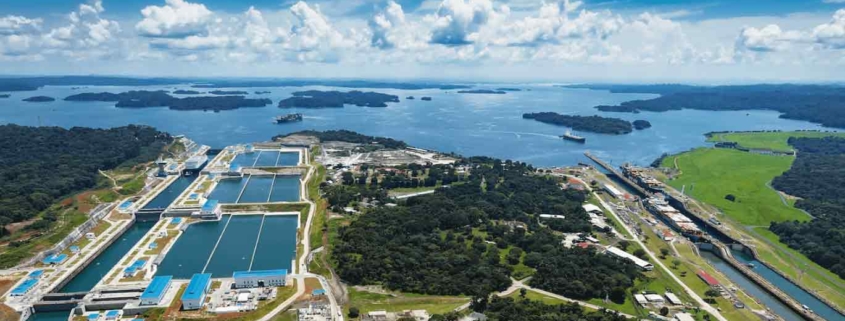The Panama Canal faces a new challenge: The Dry Season
The Panama Canal is taking decisive action in response to the challenging weather conditions affecting water availability in its surrounding lakes. With the looming El Niño phenomenon, the canal is closely monitoring the situation and implementing water conservation measures during the rainy months to replenish vital water reserves.
According to the Panama Canal, the economic impact of the water shortage is unavoidable. “We have been prepared for this issue, but the severity and timing of the current water shortage have exceeded our expectations,” commented Ricaurte Vásquez Morales, Canal administrator.
How does the dry season affect the canal?
Despite implementing water-saving measures during the May to December rainy season, an unprecedented drought has plagued the region, making this year the driest on record since 1950. However, the canal remains committed to ensuring ample water resources for the population and providing reliable and competitive services to customers throughout the dry season.
What actions can we take to support the Panama Canal?
Collaborating with experts from the United States Corps of Engineers, the Panama Canal is actively studying different scenarios and growth projects as part of the Water Sustainability System. This long-term initiative aims to find sustainable solutions that guarantee water resources for the canal’s operations over the next 50 years.
In response to the current drought, the Panama Canal previously announced at the first quarter of the year, a temporary draft level adjustment for Neopanamax vessels. In the dry season, it will offer vessels transiting the interoceanic route a draft of 14.4 meters, which is slightly lower than the maximum allowable draft of 15 meters.
As the world’s most renowned shortcut between the Atlantic and Pacific Oceans, the Panama Canal handles billions of dollars worth of cargo annually. However, the dry season’s arrival poses a serious risk, with water levels dwindling and raising concerns about navigability and trade disruptions.
The Panama Canal remains resilient in the face of adversity, taking proactive measures to overcome the challenges posed by the dry season and ensuring the smooth flow of global trade.









